Are you in the sweet spot for email frequency? If you email too often, you might overwhelm your audience. If you email too rarely, they’ll forget about you.
Believe it or not, email marketing has been around for more than 40 years. Over the decades, we’ve had time to learn what works and doesn’t work.
How Often Should I Email My Marketing List?
The frequency of your emails, also known as email cadence, depends on factors like your audience, your engagement goals, and your overall marketing strategy. There’s no one-size-fits-all approach because every audience and every marketing campaign is unique.
Develop an ideal email cadence by thinking strategically about factors like timing, delivery rates, and what you already know about your audience. Connect the timing of your emails to your audience’s needs while considering your company’s goals for content distribution, events, product launches, and more.
HubSpot and other organizations track email delivery and engagement stats to help marketers understand how people are interacting with emails. Below are highlights of key statistics showing trends in email marketing behavior.
Stats to know about the days of the week:
- Monday has the highest email open rates.
- Tuesday has the highest click-through rates.
- Mondays, Tuesdays, and Wednesdays have the highest engagement rates.
- The lowest open rates are on Saturdays and Sundays.
- All days have virtually identical unsubscribe rates.
Stats about email frequency per week:
- 26% of marketers send emails a few times per month.
- 33% send emails a few times per week.
- 45% send emails weekly.
- 63% adjust email frequency on a case-by-case basis.
Stats about times of day:
- Tuesday mornings between 9 a.m. and noon have the highest engagement.
- Monday and Wednesday 9 a.m. to noon also have high engagement.
- Between 12 p.m. and 3 p.m. on weekdays generally has good engagement.
- The lowest engagement occurs between 6 p.m. and midnight, with 9 p.m. to midnight as a dead zone for engagement.
3 Tips for Determining Email Frequency
1. Learn about email behavior.
As the stats listed above show, certain overall trends are clear in email timing. Your engagement rates will probably be abysmal if you send only an occasional email at midnight. If you send weekly emails on Tuesday mornings, you’ll probably have much higher engagement.
These aren’t hard-and-fast rules. A business-to-business audience tends to have different behavior from a business-to-consumer audience. Gen Z-ers and Baby Boomers have broadly similar email behaviors, but variations arise when you look more closely at the data. Different audiences need different strategies.
Adjust your email schedule based on factors that make sense for your customers and your business. Tweak your message frequency based on the trends you see in your open rates, click-through rates, site traffic, and foot traffic.
For example, Monday mornings generally have high engagement across the board. But it wouldn’t make sense to email a Monday morning in-store coupon if your brick-and-mortar business is closed on Mondays. Instead, send your coupon on Tuesday mornings to drive people to your storefront (and your website!).
Deliverability is also something to consider. Research shows engagement rates will drop when emails or web pages have deliverability issues like incorrect links, broken images, and spam triggers. Improve your deliverability and watch your email engagement rise.
2. Know your audience.
Knowing market trends is helpful, but it’s no replacement for knowing your audience. You have valuable insider knowledge about your customers’ behaviors and preferences, so put this information to use in your email marketing.
A personal training service might find that its audience is full of early birds who exercise in the mornings. A 6 a.m. weekday email might be perfect for this audience because they read through their morning inbox just before working out.
Now consider an entertainment venue hosting weekend comedy shows. By Friday at 2 p.m., people are searching for something fun to do for the weekend, so a well-timed email brings them straight to the venue on Friday or Saturday night.
3. Conduct email marketing segmentation.
Your audience isn’t as homogeneous as they might seem. Groups of people show certain similar behaviors and desires. What subgroups do you see in your company’s client base?
Use marketing segmentation to reach each audience at the right time. Sort your subscriber list into segments, work to understand each more intimately, and determine each segment’s ideal email frequency and timing.
Email segmentation works hand-in-hand with email personalization to help your messages seem customized and individualized to each reader. As you refine and target your emails, your audience will notice that you understand their needs and feel a closer bond with you.
11outof11: Your Search Engine Optimization Agency
Are you still wondering, “How often should I email my marketing list?” If so, 11outof11 can help you answer this question so you can send the right email at the right time, every time.
Request a complimentary call. Contact us to learn more.


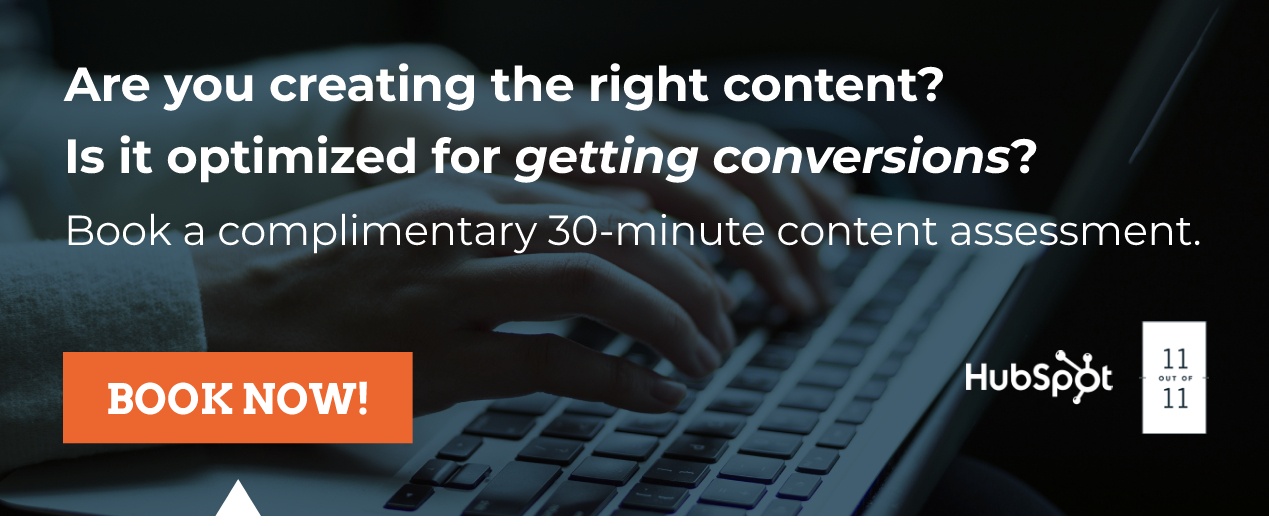
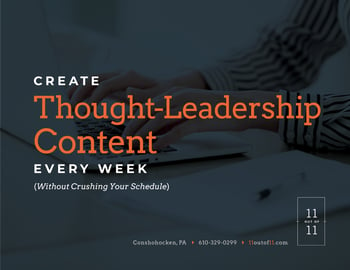


.png)

